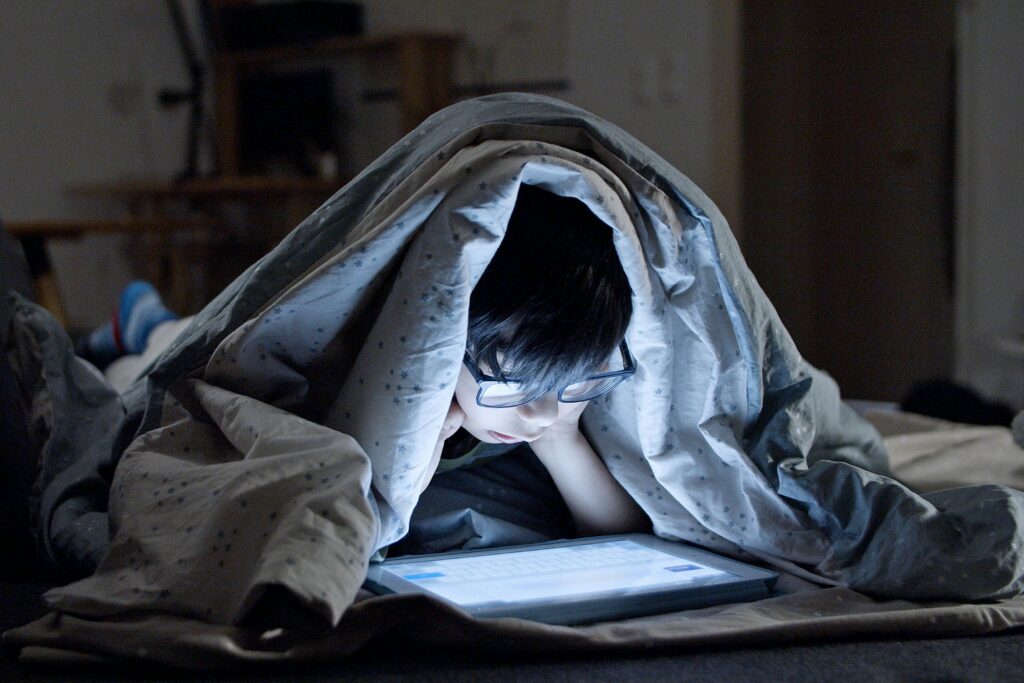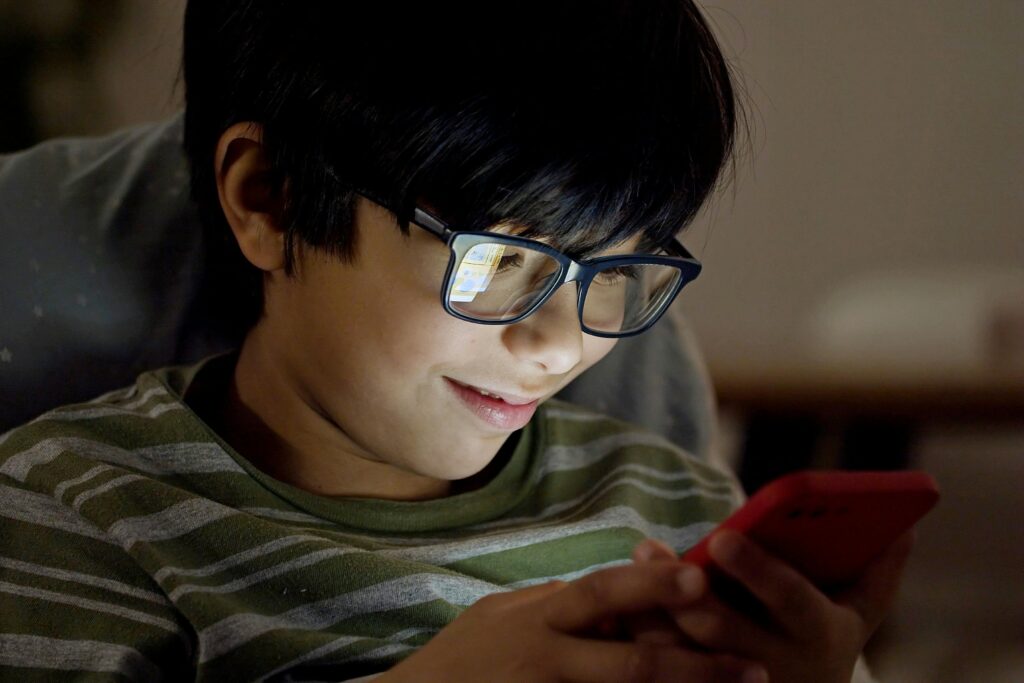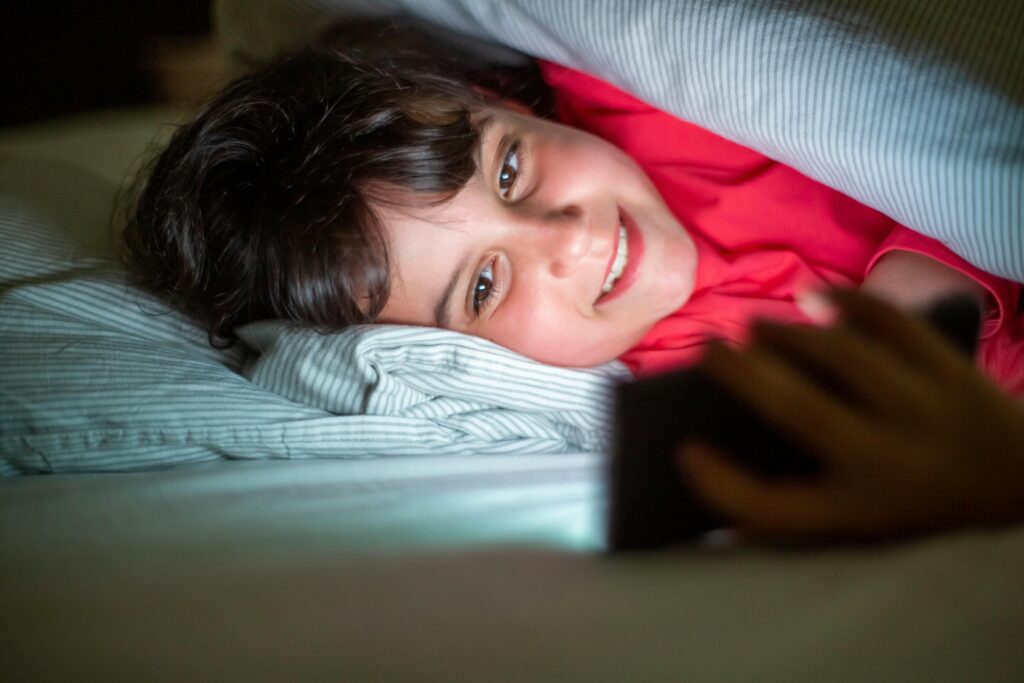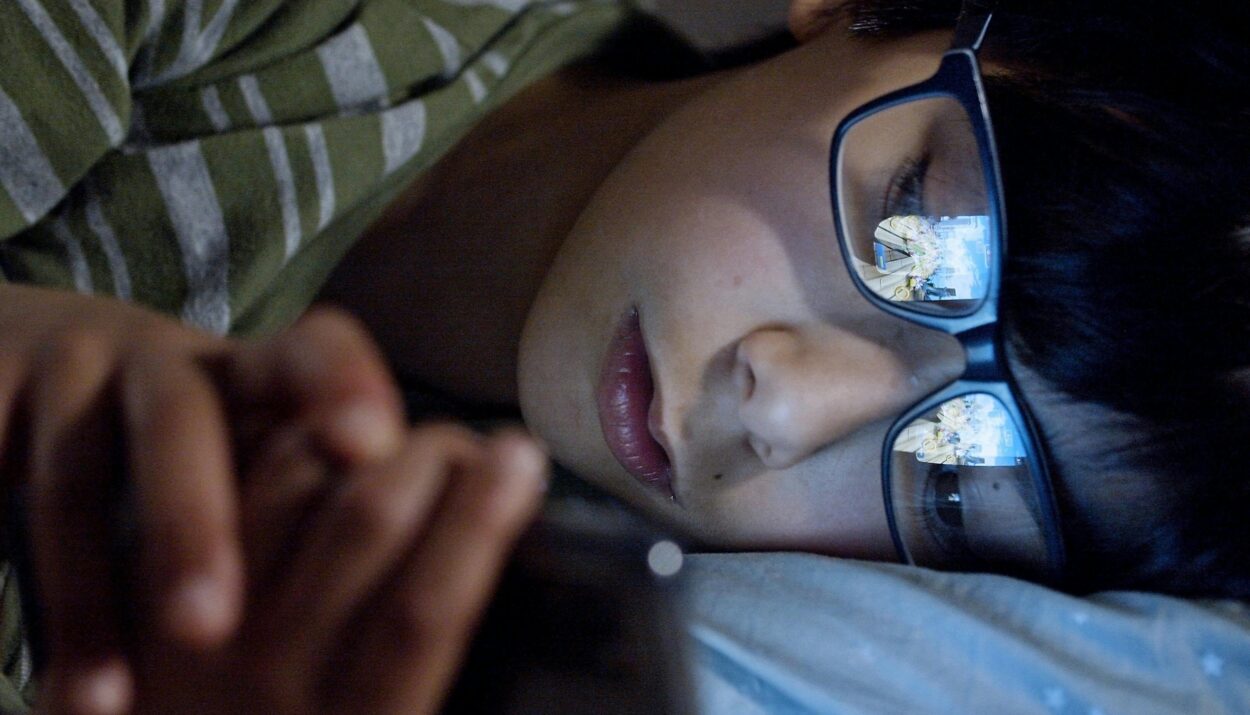In a world where screens are everywhere—from smart TVs to phones and tablets—it’s become nearly impossible to imagine raising a child without any screen exposure. But I made a conscious choice: I decided to raise my son screen-free for the first five years of his life.
It wasn’t always easy. I had doubts. I had moments where I questioned myself. But looking back now, I can confidently say it was one of the best parenting decisions I made.
Here’s the story of how I did it—and why I’d do it all over again.

Why I Chose a Screen-Free Childhood for My Son
When my son turned one, I noticed how easily kids—even toddlers—were getting addicted to screens. Whether it was YouTube cartoons or mobile games, children seemed mesmerized by devices.
I began reading and learning more about screen exposure in early childhood. What I found was eye-opening:
- Screens can delay language development.
- They reduce attention span.
- They interfere with sleep and emotional regulation.
- Most importantly, screens can replace the kind of real-world play and exploration that helps children develop critical thinking and creativity.
As a first-time mom, I wanted to be intentional. I decided that my son’s early years would be filled with touch, talk, imagination, and connection—not screen time.
Setting the Rule Early: No Screen Means No Screen
The first key to our screen-free journey was starting early and being consistent. My son never had access to screens, so he never developed a dependency.
That meant:
- No phones or tablets while feeding him
- No cartoons during meltdowns
- No YouTube “nursery rhymes” to keep him quiet
Instead, I used real-life solutions—storytelling, music, sensory play, and bonding.
Of course, I had to adjust my own habits too. I stopped watching TV in front of him and kept my phone use to a minimum. I didn’t want him to feel screens were something he was being denied—I wanted him to grow up not needing them in the first place.

What We Did Instead of Screens
People often ask, “If you didn’t give him screens, what did you do all day?” The answer: A lot. In fact, the lack of screens gave us more space for real interaction, exploration, and creativity.
Here’s what filled our days from age 1 to 5:
1. Books, Books, and More Books
From fabric baby books to colorful picture books, reading became our special activity. I made reading part of our daily routine—before naps, after meals, and especially at bedtime.
This built his vocabulary, curiosity, and love for stories.
2. Outdoor Play
Every day, no matter the weather, we made time to go outside. We played in the yard, walked barefoot on grass, splashed in puddles, and collected stones. Nature was our playground—and it kept him engaged for hours.
3. Pretend Play and Imaginative Games
I gave him simple toys—blocks, cars, animal figurines—and let him create his own stories. Sometimes he’d talk to his teddy bears, or build “roads” with books and drive toy cars through them. The stories he came up with amazed me.
4. Music and Dancing
Instead of screen-based nursery rhymes, I played songs on a speaker or sang to him myself. We danced, clapped, and made rhythms with kitchen spoons and bowls. Music became a part of our bonding.
5. Helping with Chores
I involved him in housework early. From washing vegetables to folding socks, I turned daily chores into little games. This kept him occupied and taught responsibility at the same time.
6. Craft and Sensory Play
We explored paints, water, rice, sand, clay—you name it. He loved getting messy, and I loved seeing how curious and focused he became during these activities.

Handling Tantrums Without Screens
Screens are often used as a distraction or quick fix during tantrums. But I wanted my son to learn to feel and process emotions, not escape them through videos.
Instead of screens, I tried:
- Holding him and staying calm
- Redirecting him to a different toy or room
- Talking to him about what he was feeling
- Giving him time and space to calm down on his own
Yes, it took more patience. Yes, it was exhausting at times. But the result? A child who could communicate his feelings better and didn’t rely on digital distraction to cope.
How I Managed Without Screen Time While Being Busy
One of the biggest challenges was managing without screens during my busy moments—cooking, cleaning, or when I was simply tired.
Here’s what helped:
1. Creating Safe Independent Play Zones
I set up a small play area in the kitchen so he could play nearby while I cooked. Rotating toys kept his interest fresh.
2. Activity Boxes
I prepared boxes filled with safe and interesting materials—stacking cups, buttons, kitchen tools, blocks. He would sit with these and explore for long stretches.
3. Involving Him in Tasks
He helped me stir, pour, and wipe. These little jobs made him feel important and kept him busy.
4. Quiet Time Habits
Instead of a screen, I encouraged quiet play with puzzles or books after lunch. It became his way of relaxing.

Social Pressure and Criticism I Faced
Not everyone supported my decision. Some said I was being too strict. Others said he’d fall behind or feel “left out.” I even had family members try to sneak him cartoon videos when I wasn’t looking.
But I stayed firm—not because I wanted to control him, but because I knew the early years would shape his brain, habits, and focus.
Whenever I doubted myself, I reminded myself: I wasn’t taking away entertainment—I was offering connection, presence, and real life.
The Positive Changes I Saw in My Son
By the time he turned five, I saw the results of a screen-free childhood clearly:
- He speaks confidently, using rich vocabulary
- He’s curious, active, and rarely “bored”
- He plays independently for long periods
- He connects well with people, especially adults
- He rarely throws tantrums now
- He has a strong imagination and loves stories
Most importantly, he sees the world as a place to explore, not just something to watch.
When and How I Plan to Introduce Screens
Now that he’s five, I know I can’t keep him screen-free forever. My plan is to introduce screens intentionally and with clear limits. That means:
- No solo screen time—only co-viewing educational videos together
- Time limits (e.g., 30 minutes a day, not every day)
- Choosing content carefully
- No screens during meals or bedtime
- Encouraging him to think critically about what he watches
Screens, when introduced with purpose, can be tools—not distractions.

Final Thoughts
Raising a child without screens for five years might seem impossible in today’s world, but I’m living proof that it can be done—with commitment, creativity, and connection.
It required sacrifices—my own screen time, convenience, and even some social comfort. But it also gave me something priceless: a deep bond with my son and the joy of watching him grow without filters, without distractions, and completely present in the real world.
If you’re a parent considering a screen-free journey—even for a few months—I want to tell you: It’s worth it. You’re not depriving your child; you’re giving them something better.
Frequently Asked Questions (FAQ)
Q1. Did your son ever ask for cartoons or phone games?
Surprisingly, no. Since he never had access to them, he didn’t develop the desire. Once he saw other kids with phones, I explained honestly that we do things differently—and offered him something else to do instead.
Q2. How did you handle situations like travel or waiting rooms?
I always carried books, stickers, or small toys. Sometimes we played “I spy” or made up stories. It took more effort, but it worked.
Q3. Didn’t you feel exhausted doing everything without screens?
Yes, sometimes. But I found ways to manage—through routines, independent play, and simple activities. The connection and peace it gave us were worth the extra work.
Q4. What if someone else gave him a phone without your permission?
I gently explained our family rules. If it happened by accident, I didn’t panic—I just redirected him and used it as a teaching moment.
Q5. Would you do it again with another child?
Absolutely. It wasn’t always easy, but it built a strong foundation for healthy habits, communication, and imagination.








